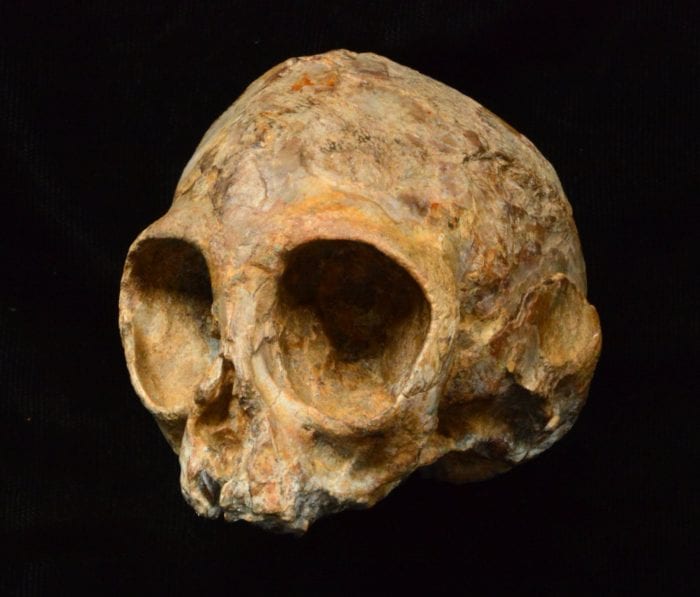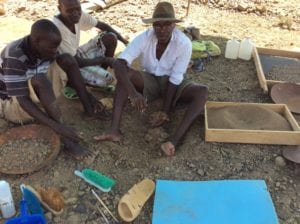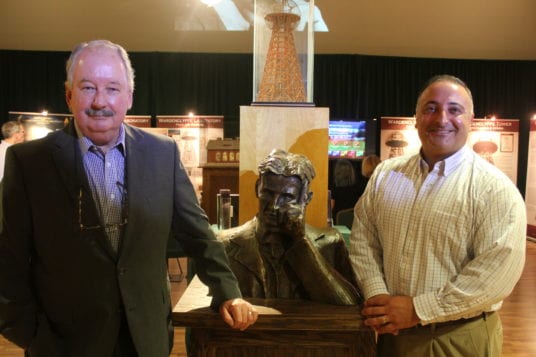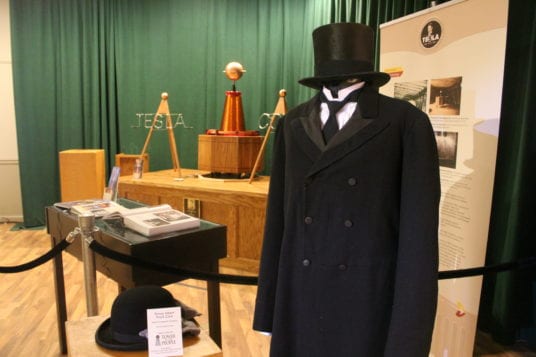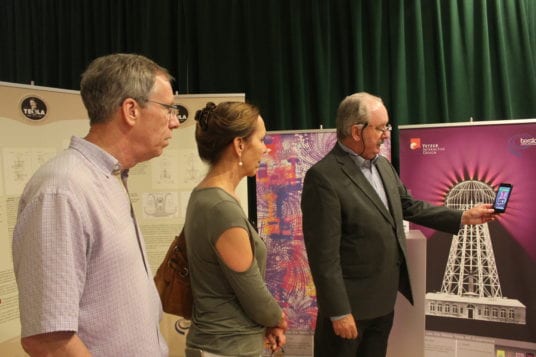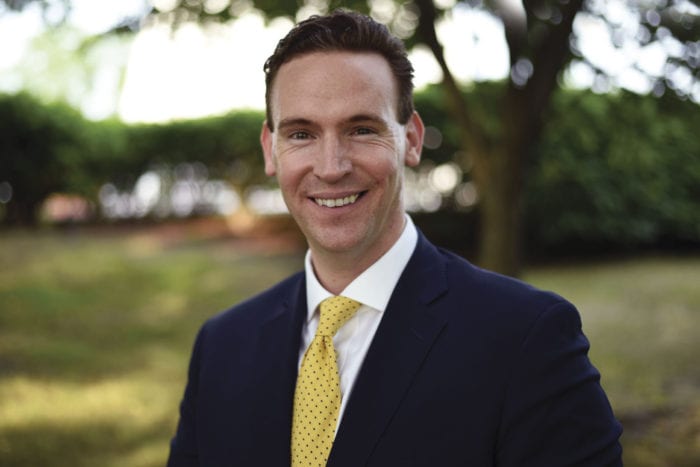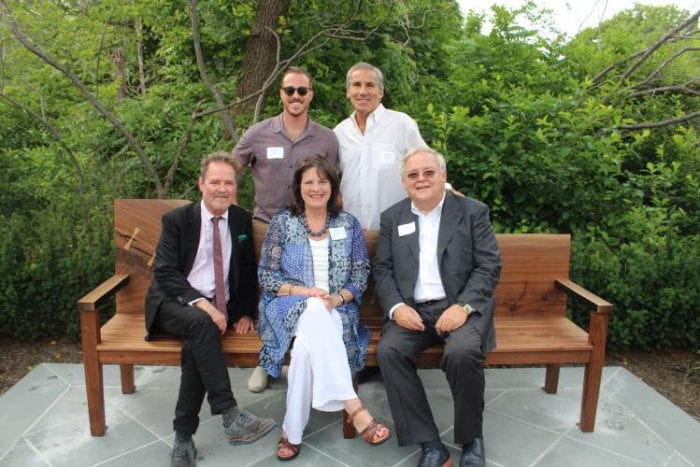By Jill Webb
As the dog days of summer are brought in with the August heat, The Long Island Museum in Stony Brook will also put dogs in the spotlight. Starting Aug. 11, the Art Museum on the hill will feature an exhibit titled Dog Days: Portraits of Man’s Best Friend. The exhibit’s collection will focus on works from the 1840s to the 1960s featuring dogs.

“This gallery tends to be devoted to changing exhibits drawn from our permanent collection,” Assistant Curator Jonathan Olly said of the room currently preparing for the Dog Days exhibit. The exhibit will open tomorrow, Aug. 11, and run through Dec. 31.
Beneath the gallery resides the vault storing the museum’s art collection. “It’s kind of a continuing challenge of coming up with new ways to look at the collection and put together themes,” Olly said.
Olly got the idea to draw together works highlighting dogs after gaining inspiration from a cat-centric exhibit at the Worcester Art Museum in Massachusetts. Realizing the fact that Long Islanders love their dogs led him to curate the Dog Days exhibit. “When most people were living on a farm, farms had dogs because they were pets but they’re also practical. They could catch pests, they could guard the homestead from intruders,” he said.
There are about 20 major works in the gallery, from watercolor and oil painting to photographs. There will also be a display case featuring smaller objects such as dog show tags, ribbons from the North Shore Kennel Club in St. James, postcards that have advertising containing dogs, ornaments that were pinned on horse wagons leather straps and even a pair of slippers with dog’s faces embroidered on them.

Famous artists William Sidney Mount and William Moore Davis have pieces on display. Mount was a 19th-century genre and portrait painter who lived in Setauket and Stony Brook. The museum has the largest collection of his works. Davis, a friend of Mount’s, resided in Port Jefferson and is known for his landscape paintings.
“They are the two artists that are most strongly represented in the show. That’s because they were local people and they both depicted scenes of regular people on Long Island at work, at play, at rest — and often dogs were part of the scene,” Olly said.
The interesting part of the gallery is that in most of the works the dogs are not the most prominent part of the piece. Often, they were just another component in the scene, which draws a comparison to how they were (and are) just another part of Long Islander’s lives.
“A lot of the things that we’re working with in here tend to be things that have come into the collection not because they’re dog-related, but the fact they have dogs is almost accidental,” Olly said.
This is the case in Alexander Kruse’s 1969 painting “Bicycle Parking Fire Island,” which is the most current piece in the exhibit. “He didn’t paint it because of the dog, but he just happened to include a dog,” Olly said.
One of the most interesting pieces featured, according to Olly, is a painting illustrating a scene of the Meadow Brook Hounds. Fox hunting was a popular sport for Long Island’s elite in the late-nineteenth and twentieth centuries. There were three main fox hunting organizations on Long Island during this time: The Meadow Brook Hounds (1881-1971), Suffolk Hounds (1902-1942) and Smithtown Hunt (1900-present).
The painting of the Meadow Brook Hounds is particularly interesting because it’s one of the few where the dogs are a major part of the scene. The painting is accompanied by a label that not only names important figures portrayed in the piece, like Theodore Roosevelt, but also credits the dog’s names. “The dogs are actually getting equal billing with the people,” Olly said.
In conjunction with the Dog Days exhibition, The Long Island Museum will present its third Summer Thursday event on Aug. 17 from 6 to 8 p.m. with a concert by the Cuomo Family Band. Visitors are encouraged to pack a picnic dinner and bring chairs or blankets. Admission to the grounds and exhibit is free.
 Shelter dogs from Last Chance Animal Rescue will be available for adoption and The Middle Country Public Library’s Mutt Club, which partners with animal rescue organizations, will be collecting donations for shelter pets including pet food, toys, treats, collars, cat litter, toys, cleaning supplies and peanut butter.
Shelter dogs from Last Chance Animal Rescue will be available for adoption and The Middle Country Public Library’s Mutt Club, which partners with animal rescue organizations, will be collecting donations for shelter pets including pet food, toys, treats, collars, cat litter, toys, cleaning supplies and peanut butter.
Dog Days: Portraits of Man’s Best Friend is a chance for North Shore residents to see the beloved pets in an artistic light. Stop by the gallery to see just how man’s best friend has been captured over the past centuries on Long Island.
The Long Island Museum, a Smithsonian Affiliate, is located at 1200 Route 25A in Stony Brook. Regular museum hours are Thursday through Saturday from 10 a.m. to 5 p.m. and Sunday from noon to 5 p.m. For more information, call 631-751-0066 or visit www.longislandmuseum.org.













